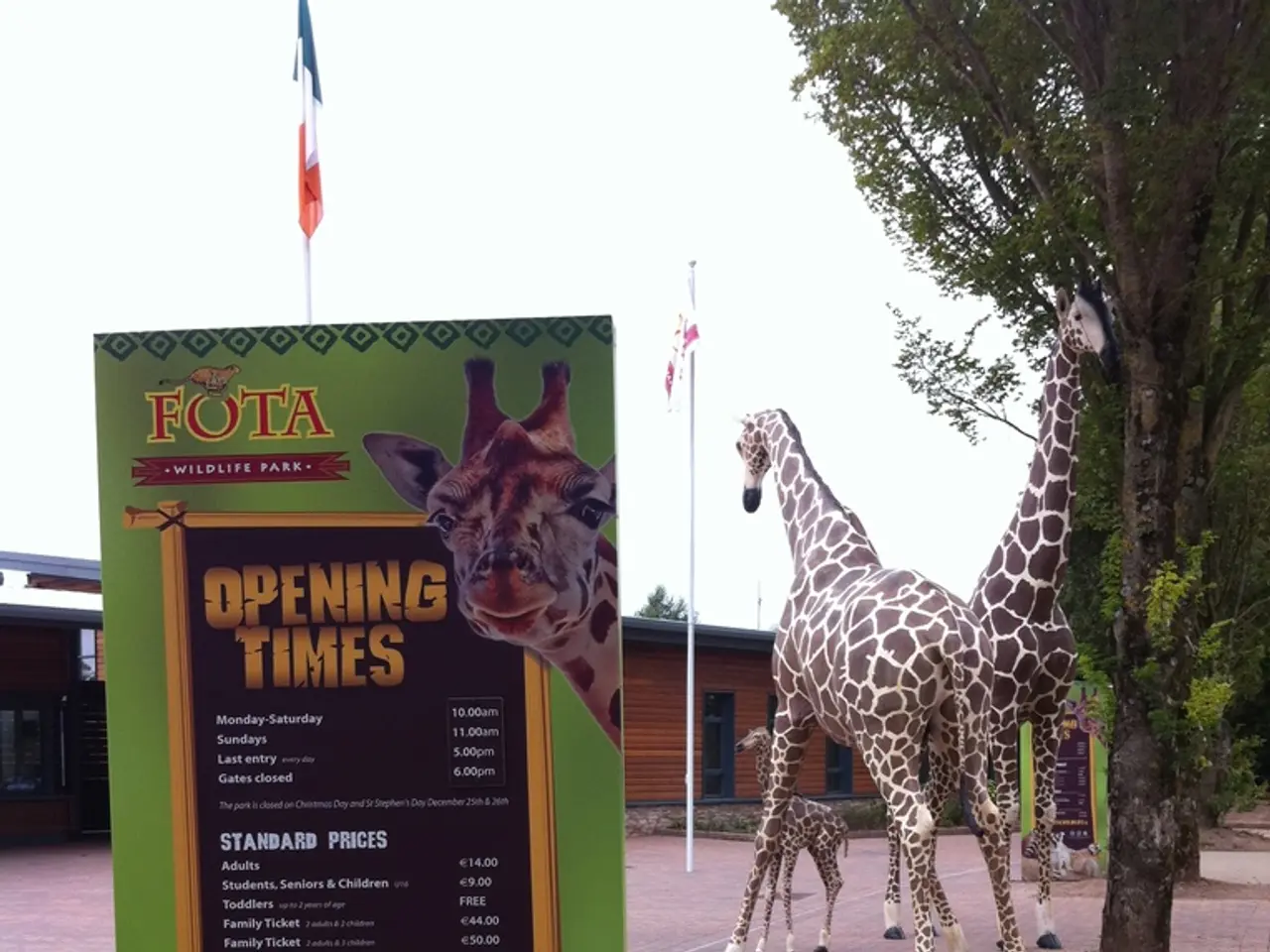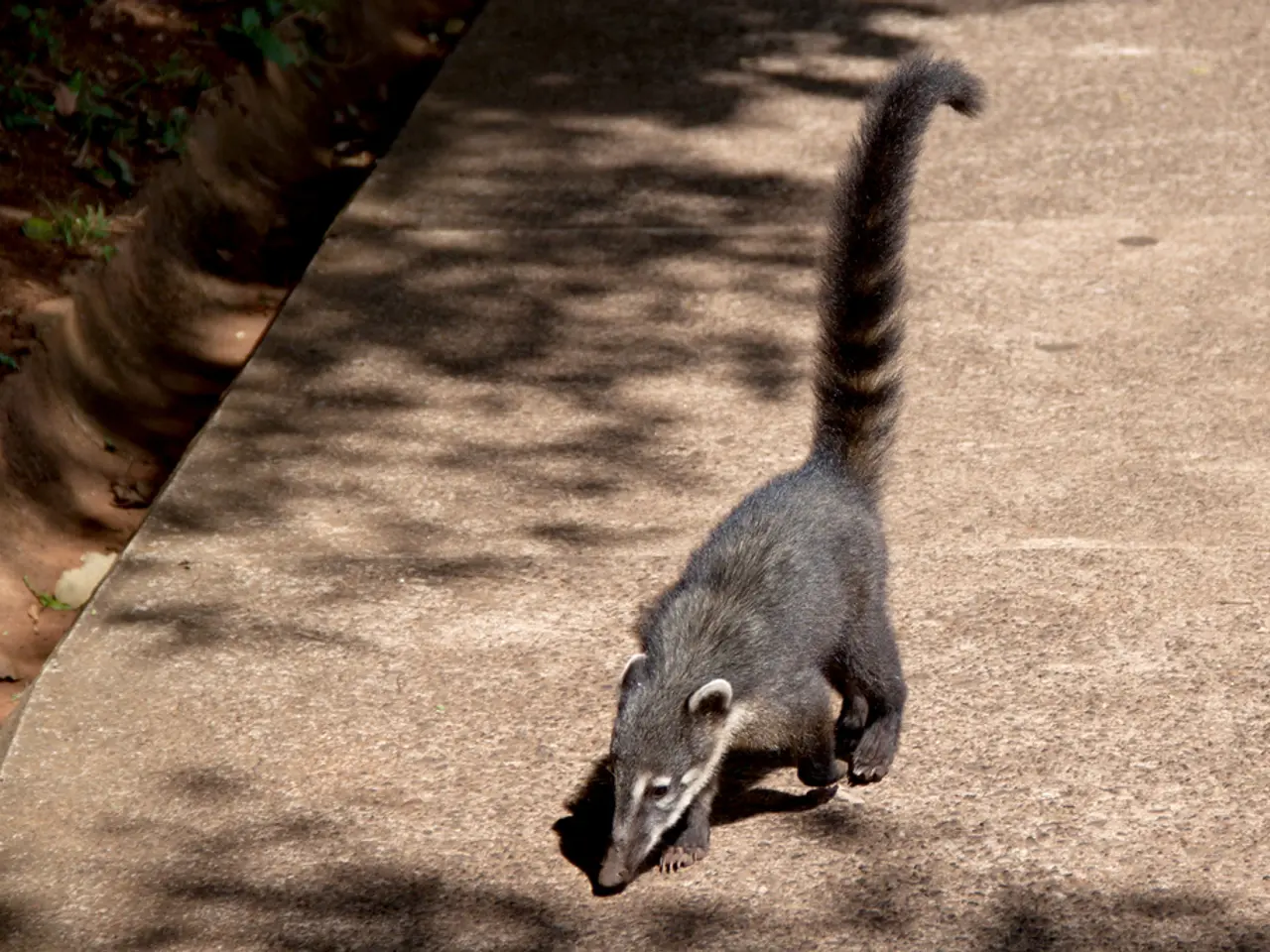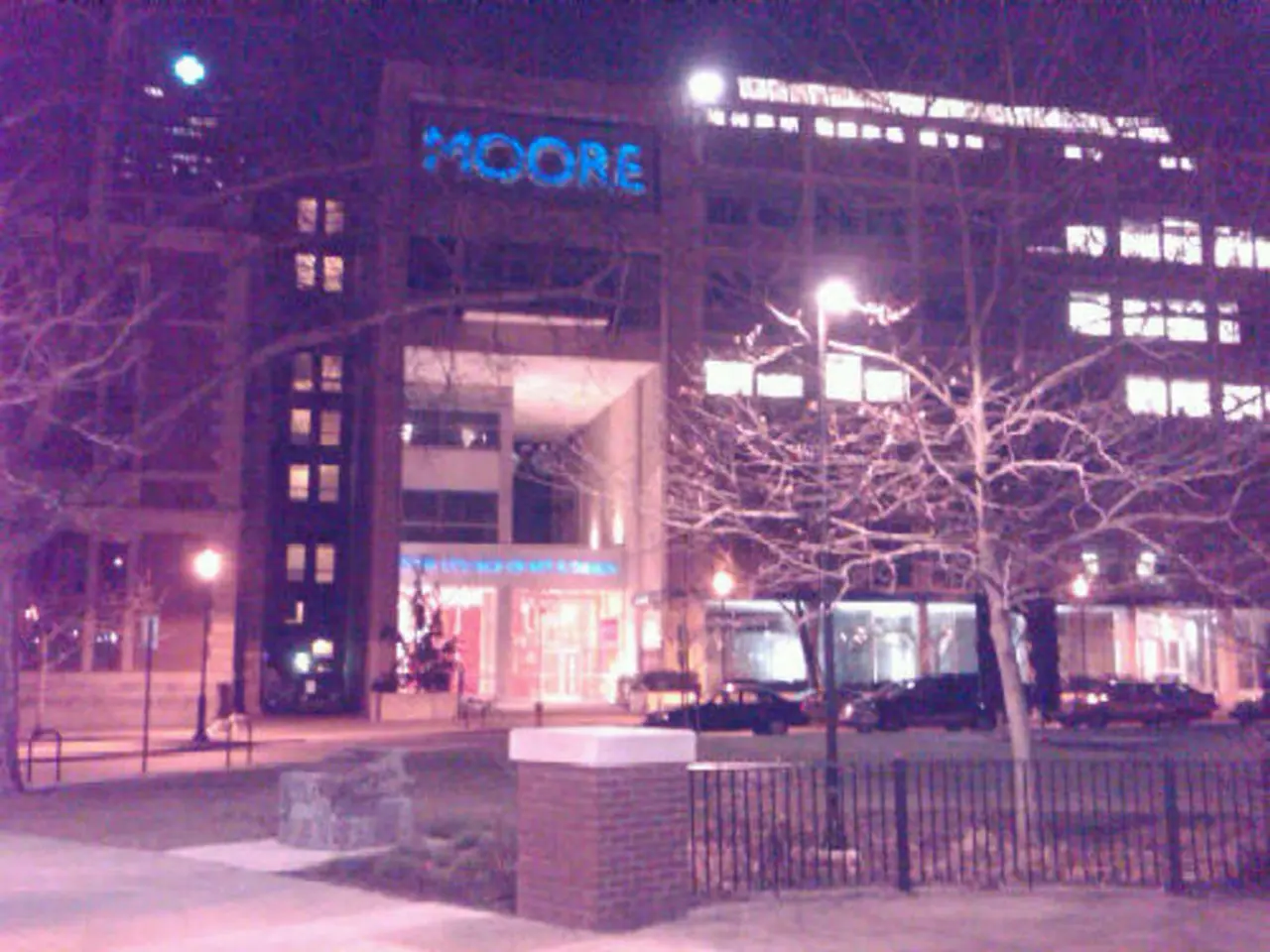Revived wonders at the Zoo Lab: The cherished Natural History Museum collection is resurfaced following its closure.
The Dead Zoo Lab Opens at the National Museum of Ireland
The National Museum of Ireland has unveiled a new exhibition, the Dead Zoo Lab, in its Collins Barracks location. After a period of refurbishments, the museum, colloquially known as the Dead Zoo, is once again welcoming visitors.
The Dead Zoo Lab has been designed with a focus on ongoing changes and collaboration. It aims to encourage interaction between communities, artists, and scientists, fostering a dynamic and evolving display of natural history.
Visitors to the Dead Zoo Lab have expressed their delight at the opportunity to revisit the museum, sharing fond memories of their past visits. Some have brought their children and grandchildren, hoping to pass on the same sense of wonder and discovery.
One such visitor, Ivan McCarthy from Swords, Co Dublin, shared his hope that his grandchildren will "do the same with their own kids in the future." Another, Muireann Banks, brought her nephew Enzo (five), reminiscing about her own childhood visits to the museum.
The Dead Zoo Lab boasts an impressive collection of over 1,300 objects on display at any one time. These range from mammals, birds, geology, entomology, amphibians, reptiles, and marine life. Among the highlights is the skeleton of the extinct dodo, a rare and fascinating specimen.
Interestingly, the dodo skeleton on display includes bones from different individuals found in Mauritius. Some parts of the skeleton are even fake, made from wood. This unique blend of authentic and replicated items adds to the intrigue of the exhibition.
In addition to the dodo, visitors can also see some familiar favourites such as Spoticus the giraffe and the giant Irish deer. The Dead Zoo Lab also showcases a selection of delicate glass models from the Blaschka Glass Models of Marine Life, the world's largest collection of which is housed in the National Museum of Ireland.
Dr Patrick Roycroft, curator of geology at the museum, is particularly excited for visitors to see his case of zoned micas at the Dead Zoo Lab. Emma Murphy, curator of terrestrial zoology, considers the dodo skeleton her favourite specimen on display.
The natural history keeper, Paolo Viscardi, emphasised that the aim of the space is to provide "elbow room" for experimentation and change. The Dead Zoo Lab has been designed to allow for ongoing changes to the displays, ensuring a fresh and engaging experience for visitors.
While the exact reopening date of the original Dead Zoo location has not been officially confirmed, the Dead Zoo Lab is now open seven days a week, with admission remaining free. For the most accurate and current reopening information for the original Dead Zoo, checking the official website of the National Museum of Ireland or contacting them directly would provide the definitive update.
Scientists at the Dead Zoo Lab may collaborate with artists to create health-and-wellness installations, integrating natural history with contemporary themes.Visitors to the Dead Zoo Lab can explore various health-and-wellness connections, such as understanding the science behind evolution and how it impacts modern human health.




